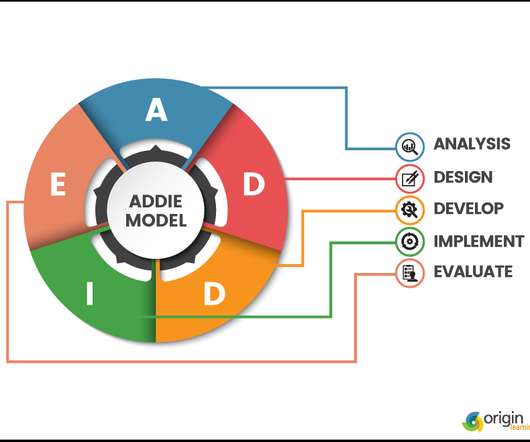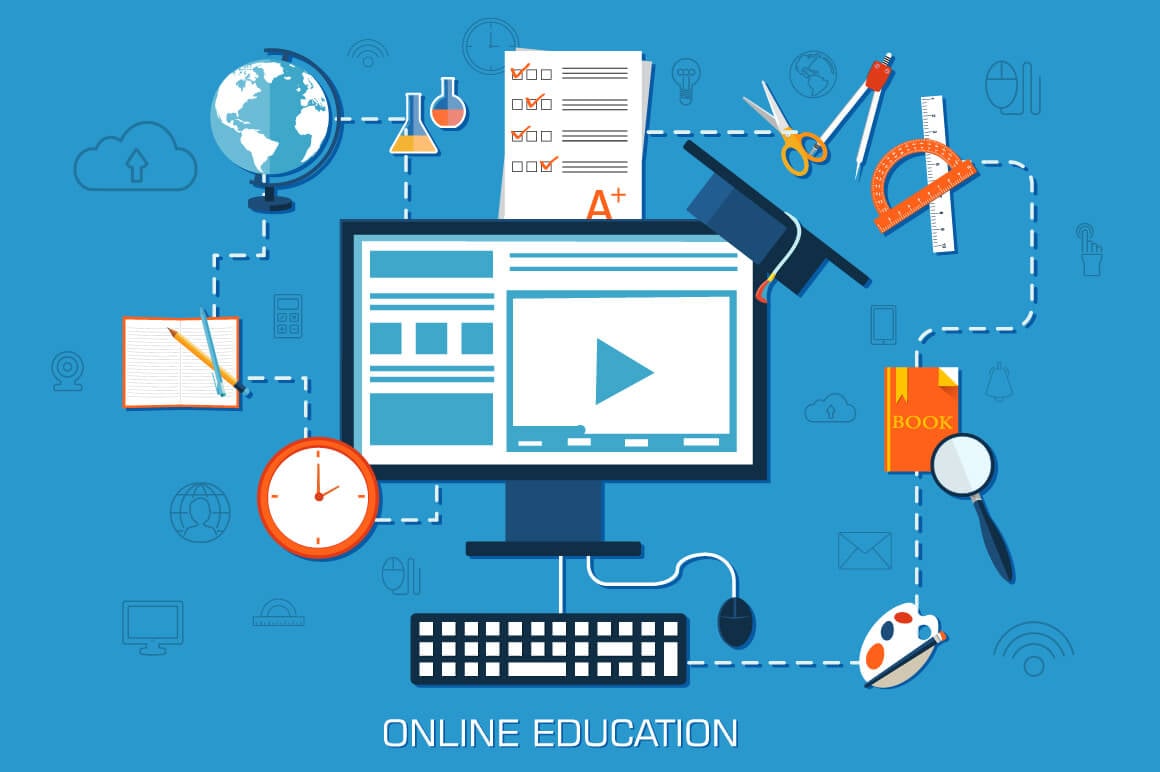One of the things I've learned the most is designing engaging content that allows the learner to make a connection to the lesson and then be able to apply it. Anyone who designs should create with the end in mind and to develop content that delivers good instructional design. In order to do so, we need to use a model, such as the ADDIE model
 |
| https://www.elearninglearning.com/instructional-design/ |
that provides guidance in ensuring content is effective and supports learning in a creative and effective way. As you go through the steps of a design model, you will use various strategies to continue in the development of your content. In the text of Streamlined ID, a practical guide to instructional design, the authors suggest "as you design instruction, consider the effects on learning" and to "consider strategies and technologies" at the same time (Larson and Lockee, 2014, p.150).
Choosing the type of technology is another area I learned to support good instructional design. From my experiencing in creating my own presentation, this made the task a bit more challenging. I chose to present a training session to faculty at our institution on using our current student management system. I thought this was going to be a simple task because I can use the system with my eyes closed, but as I begin to look over what I needed them to know and think about the concepts learned in the course, I realized I had to look a this from a different angle and begin to apply the model steps and strategies learned.
Take a look at my 1st attempt to design a presentation for the course: Where Are Your Students???
As I designed my presentation, I found it challenging to find technology that would support how I wanted to present it. After realizing I was making this more difficult than it needed to be, I finally found ScreenCast-oMatic, Screencast-O-Matic.com, which allowed me to create and present as I wanted. Review my presentation videos below:
Video 1
Video 2
Video 3
(The only drawback on this particular technology is that it only allows you to record 15 minutes at a time)
Creating a presentation using good instructional design requires alot of time and application. Designs that are engaging, interactive, use of technology that fosters learning, and help learners to understand content, and maintain their attention, are ideally what you want. Know that it takes time, preparation, to produce good, quality instruction. This was a fun and interactive activity to push my limitations that enhanced my skill set. I'm looking forward to developing more and more content and become an instructional designer in the future.
I hope you take the time to review my presentation link along with the videos. This is my first presentation using good instructional design tips that I learned throughout the course.
Enjoy!
Resources:
Larson, M.B., & Lockee, B.B. (2014). Streamlined ID, a practical guide to instructional design . New York, NY: Routledge.









